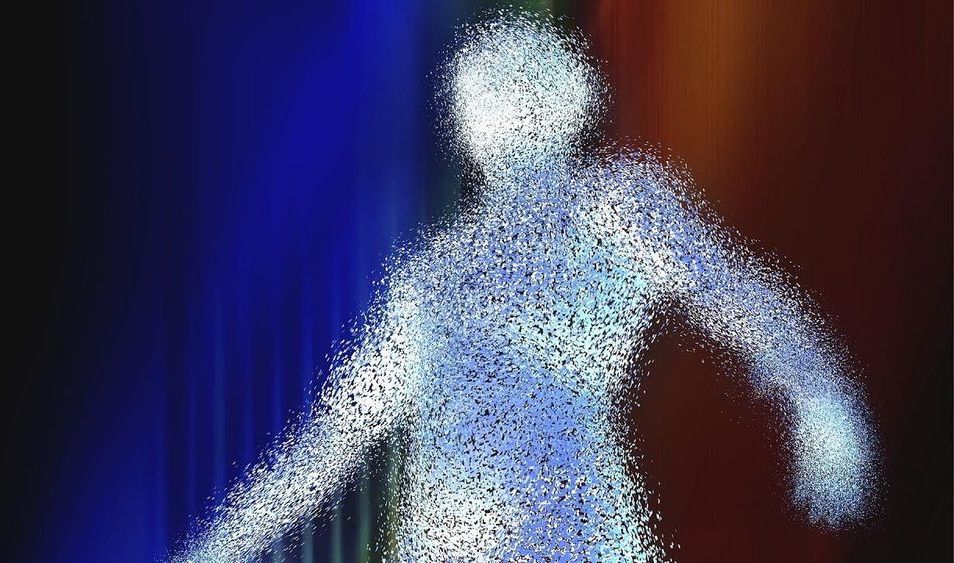Mar 8, 2020
First Universal Flu Vaccine to Enter Phase 3 Trial
Posted by Quinn Sena in category: biotech/medical
Circa 2018
Numerous experimental vaccines that aim to provide multi-season protection are in human studies.
Circa 2018
Numerous experimental vaccines that aim to provide multi-season protection are in human studies.

Teleportation is no longer science fiction, says a team of Chinese scientists, after teleporting a photon particle from the Earth’s surface to an orbiting satellite 870 miles (1,400 km) away. This does not mean, however, that we are now able to beam people up and down like Star Trek’s captains James Kirk, Jean-Luc Picard, or Kathryn Janeway – that is still very much in the realm of science fiction, physicists say.
Teleportation, also known as teletransportation, is the theoretical transfer of energy or matter from one point to another instantly – without traveling through the physical space between them.
Continue reading “Teleportation becomes a science fact, no longer fiction” »
Keep it Clean. Please avoid obscene, vulgar, lewd, racist or sexually-oriented language. PLEASE TURN OFF YOUR CAPS LOCK. Don’t Threaten. Threats of harming another person will not be tolerated. Be Truthful. Don’t knowingly lie about anyone or anything. Be Nice. No racism, sexism or any sort of –ism that is degrading to another person. Be Proactive. Use the ‘Report’ link on each comment to let us know of abusive posts. Share with Us. We’d love to hear eyewitness accounts, the history behind an article.
Teams raced each other Saturday during the Youth Drone Sports Championships at Benilde-St. Margaret’s School in St. Louis Park.
Students used tiny 1-ounce drones and flew them with goggles that gave them a first-person view. For the students, it was like piloting in a cockpit.
Before the Taqba Dam impounded the Euphrates River in northern Syria in the 1970s, an archaeological site named Abu Hureyra bore witness to the moment ancient nomadic people first settled down and started cultivating crops. A large mound marks the settlement, which now lies under Lake Assad.
But before the lake formed, archaeologists were able to carefully extract and describe much material, including parts of houses, food and tools—an abundance of evidence that allowed them to identify the transition to agriculture nearly 12,800 years ago. It was one of the most significant events in our Earth’s cultural and environmental history.
Abu Hureyra, it turns out, has another story to tell. Found among the cereals and grains and splashed on early building material and animal bones was meltglass, some features of which suggest it was formed at extremely high temperatures—far higher than what humans could achieve at the time—or that could be attributed to fire, lighting or volcanism.
A Stanford University professor and stem cell pioneer whose first job in science paid $25 a month is poised to receive a $191 million windfall from the sale of the immunotherapy biotech firm he co-founded.
Irv Weissman, 80, owns 4.2% of Forty Seven Inc., which Gilead Sciences Inc. agreed to buy for about $4.9 billion, a remarkable amount considering the company’s market value was less than $250 million just five months ago.
The advancements that are being made in battery technology are pretty mind boggling. We are seeing devices that are drawing power from just about every source that is imaginable, and now there is battery technology from researchers at Imperial College London that may actually have devices that create their own power. From cell phones to cars and everything in between, there may eventually be nothing more needed that to actually use the device.
This incredible new battery technology works because of the material that is being used in the actual construction of the items. The reason that the new material is making headlines is because of the fact that it can be integrated into the design of an automobile and would make it lighter and more fuel efficient, but could actually supply power to recharge the battery of an electric car.
With the material being able to be strong enough for the construction of a car, there are many other possibilities for its use. Right off the bat, devices such as cell phones, iPods, laptops and anything else that you can think of that would use battery power would be able to benefit from this new battery technology.
Researchers at Princeton University have revealed the inner workings of a gene repression mechanism in fruit fly embryos, adding insight to the study of human diseases.
Led by graduate student Shannon Keenan, the team used light to activate chemical signals in developing fruit flies and traced the effects on a protein called Capicua, or Cic. Located in a cell’s nucleus, Cic binds to DNA and performs the specialized task of silencing genes. The study, published in Developmental Cell and made available online March 5, reveals the dynamics of gene repression by this protein.
In a complex piece of music, the silences running through the melody contribute as much to the score’s effect as the sounded notes. The biological processes that control development rely on highly sophisticated temporal patterns of gene activation and repression to create life’s beautiful symphonies. When a pattern is disrupted, it’s like a wrong note in the music. In this case, Cic is a repressor protein that silences certain parts of the genome, allowing other genes to express in harmony with one another. Understanding how repressors like Cic work allows researchers to better conduct the orchestra.
After the cancellation of the March Meeting, researchers quickly assembled online talks and provided a glimpse of a virtual-conferencing future.
